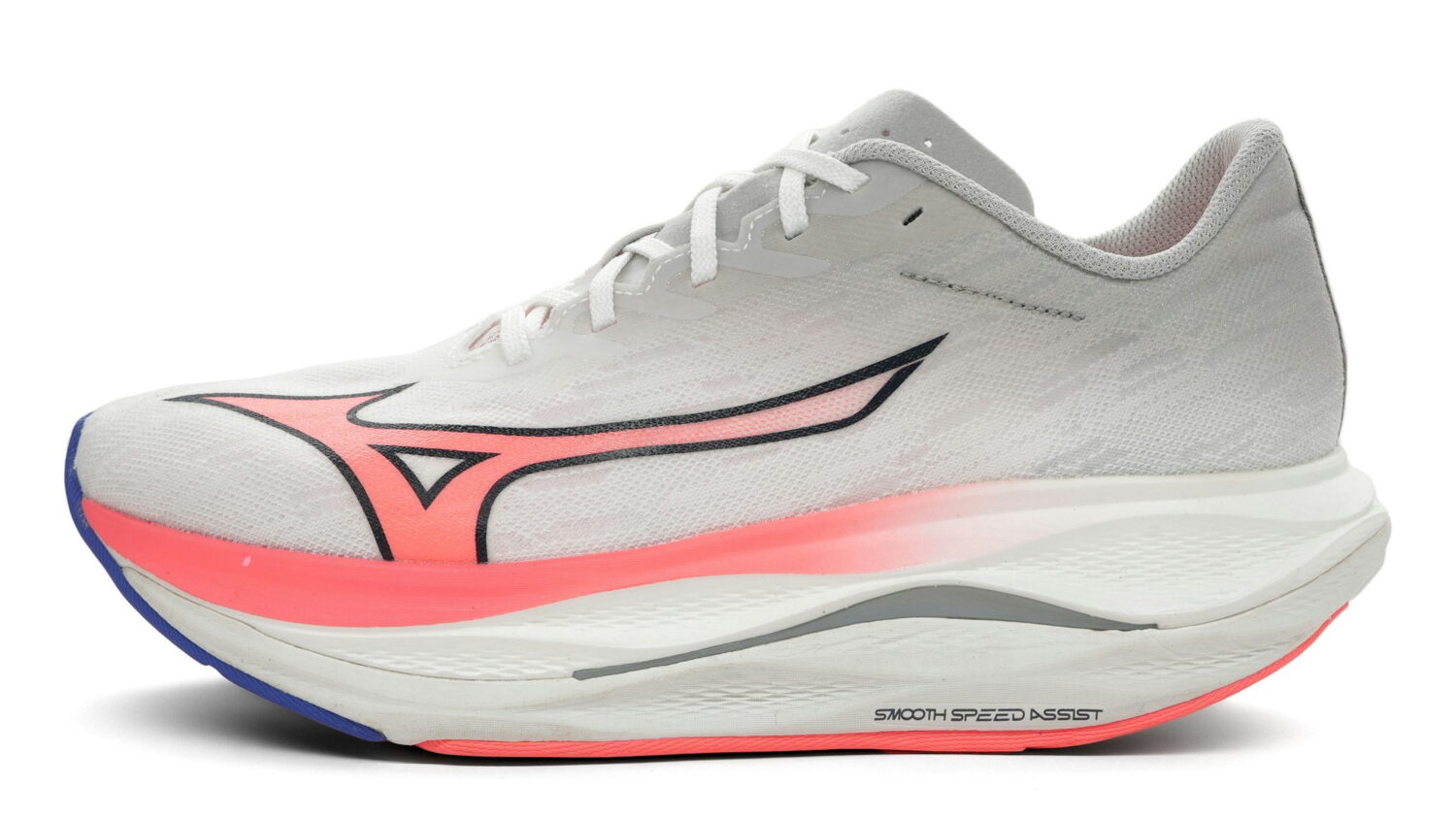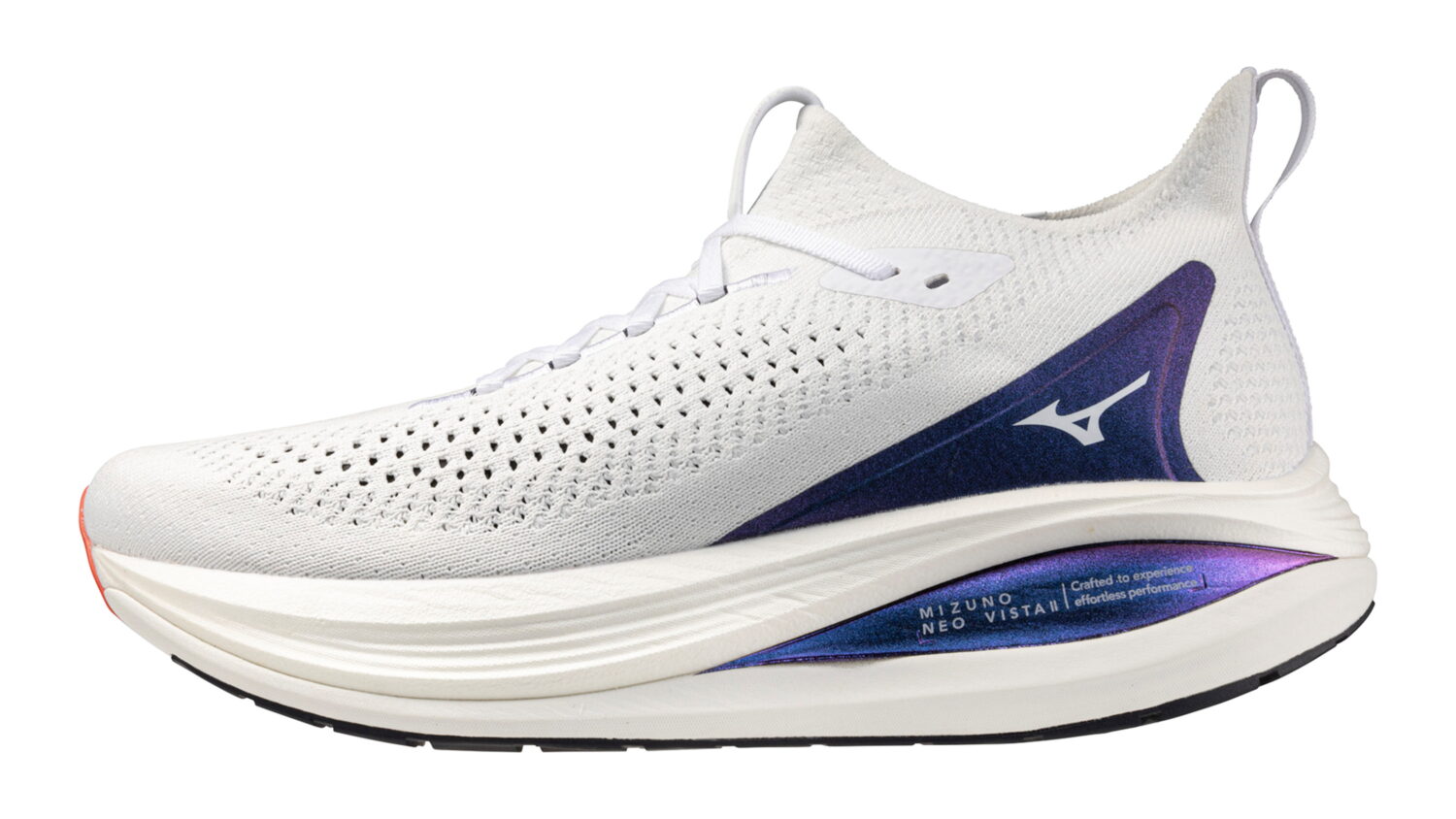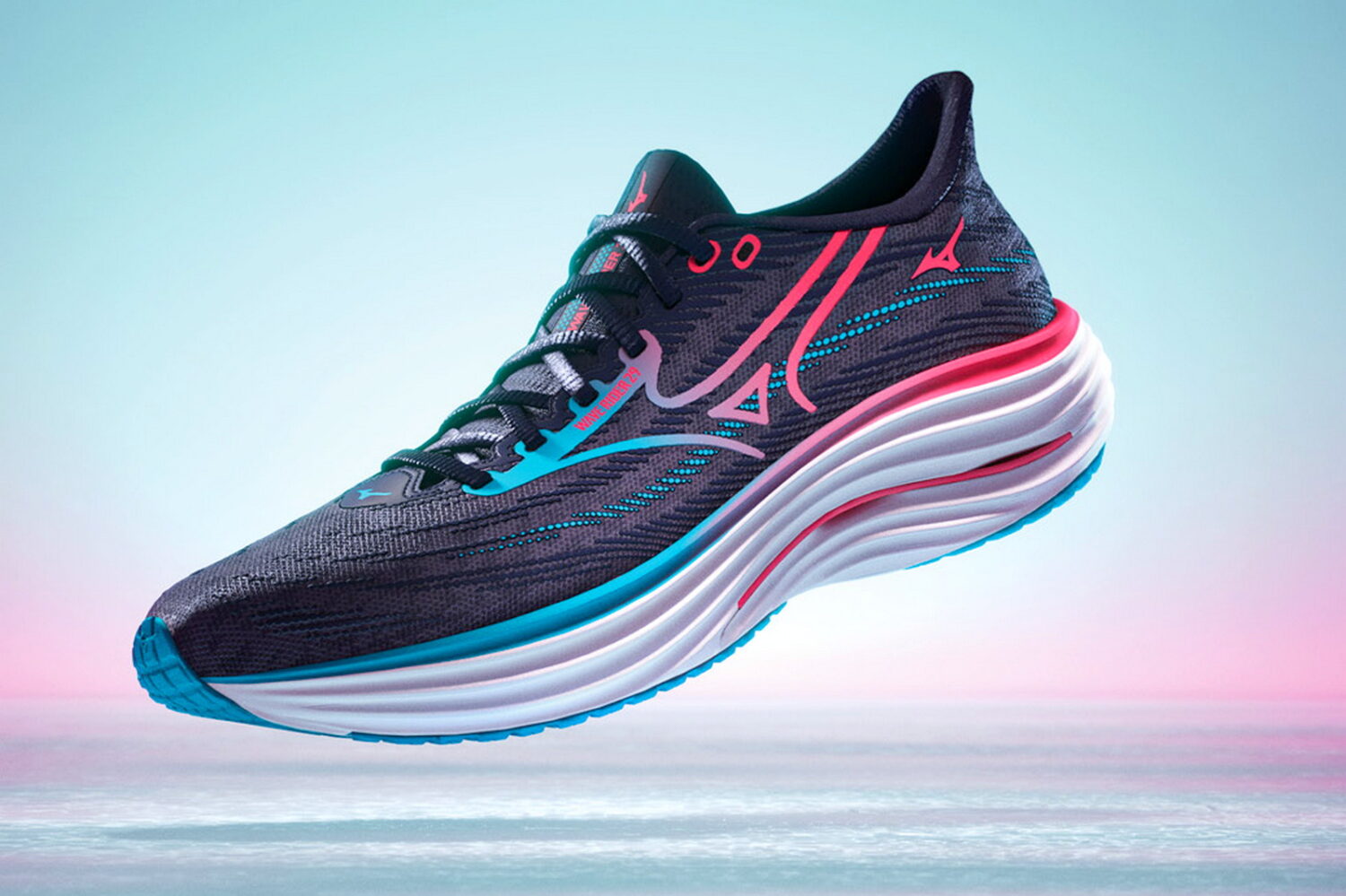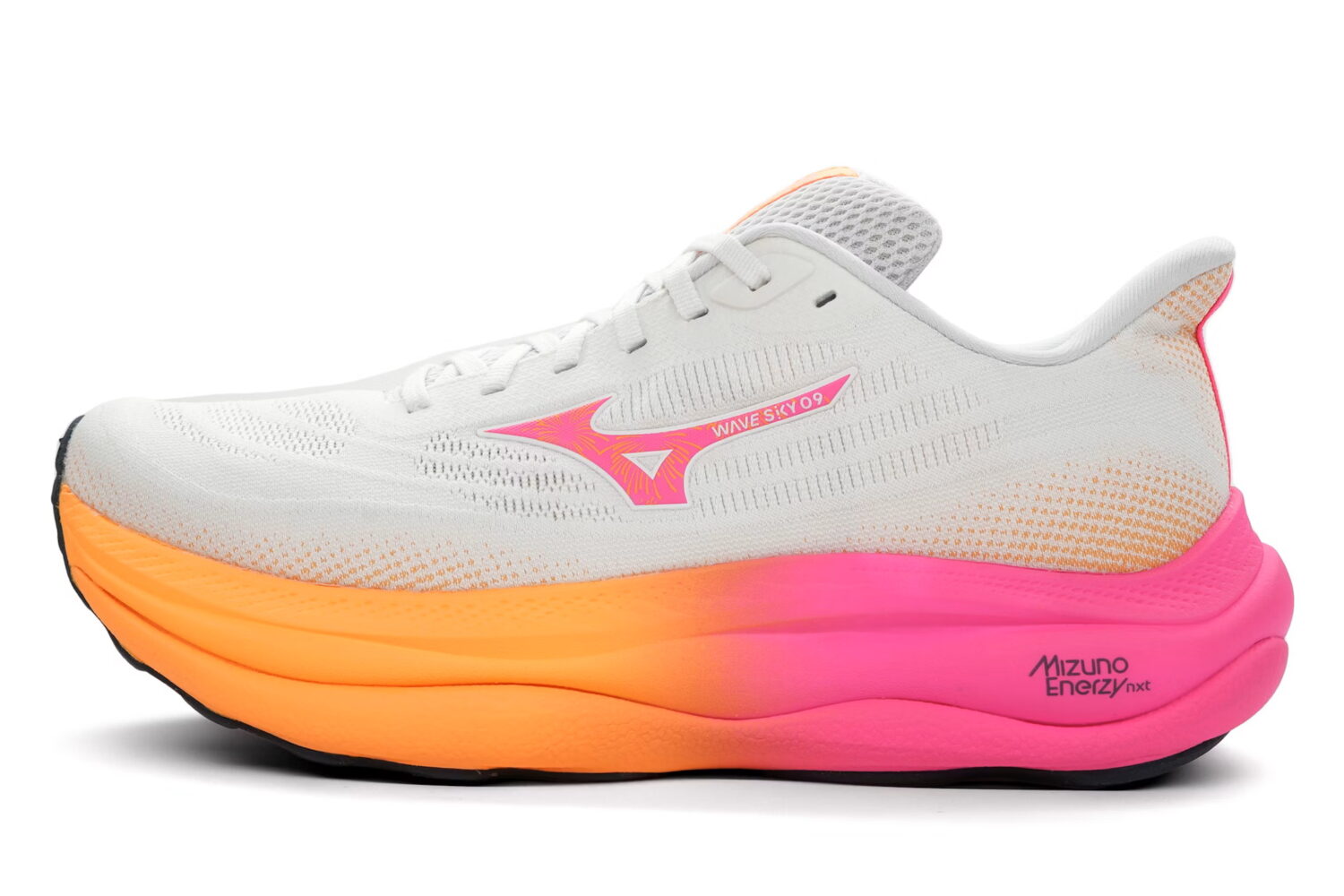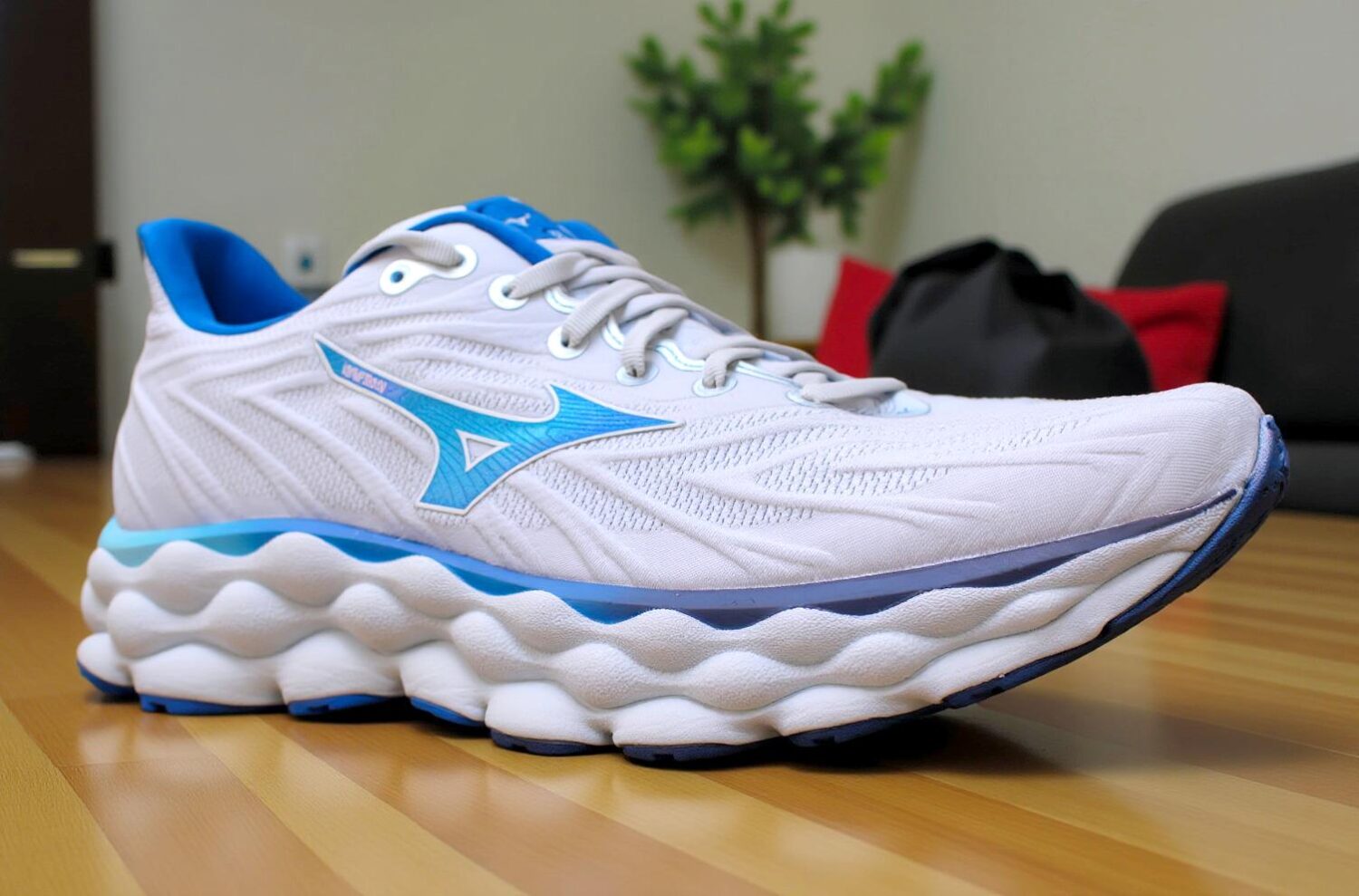Mizuno Neo Zen Review: A Deep Dive into the Lightweight Daily Trainer That’s Turning Heads
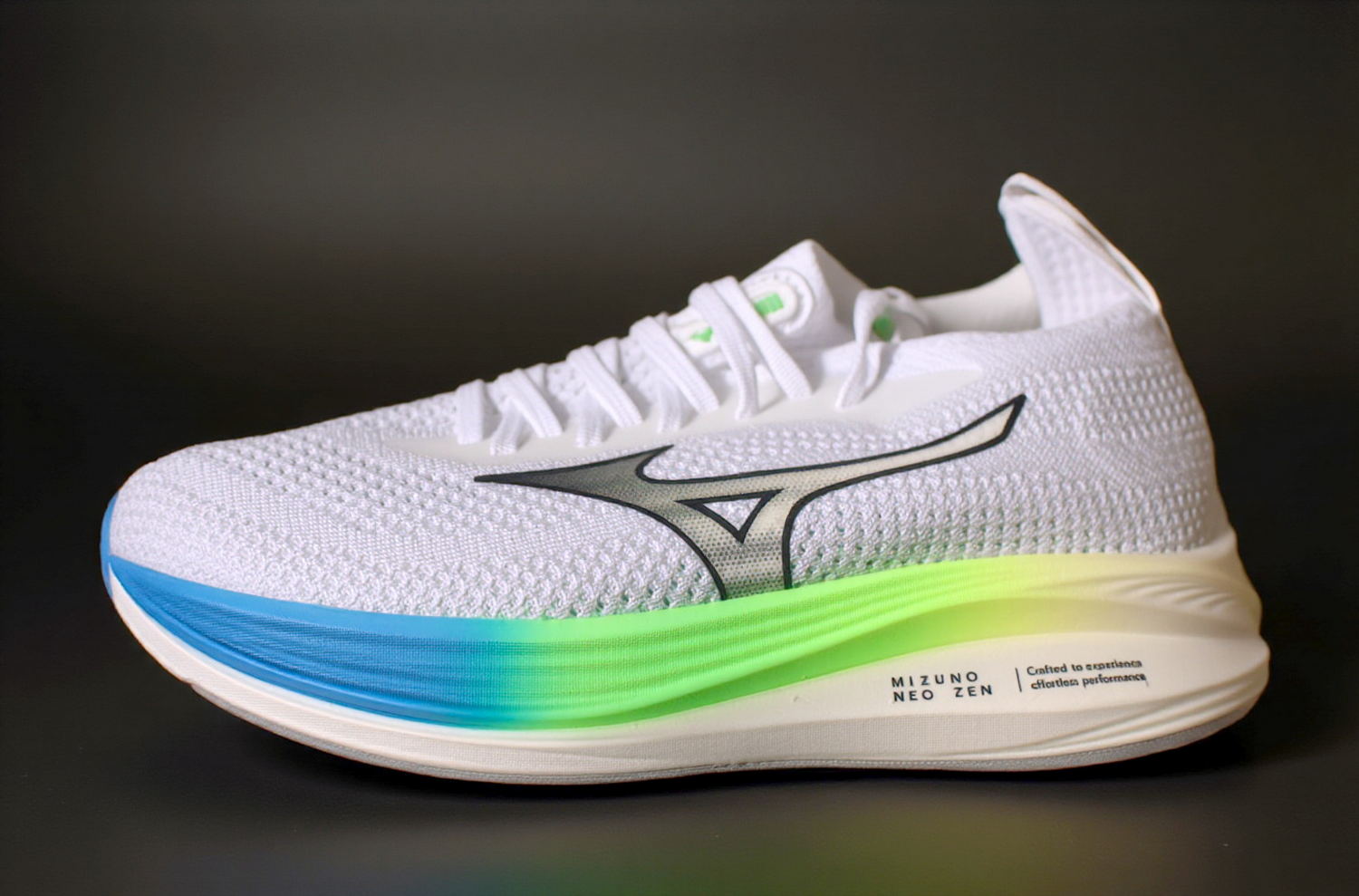
Running shoe enthusiasts, rejoice! Mizuno has dropped a fresh contender into the daily trainer arena, and it’s generating buzz for all the right reasons. The Mizuno Neo Zen promises a blend of lightweight design, innovative cushioning, and versatile performance—but does it live up to the hype? In this comprehensive review, we’ll peel back the layers of this sleek runner, exploring its fit, feel, and function from top to bottom. Whether you’re a seasoned marathoner or a casual jogger, this article will arm you with everything you need to decide if the Neo Zen deserves a spot in your rotation. Let’s lace up and dive in!
🏃♂️ Overview: What Makes the Mizuno Neo Zen Stand Out?
The Mizuno Neo Zen enters the market as a daily trainer with a twist—its featherlight construction and cutting-edge foam technology set it apart in a crowded field. Priced at $150, it’s positioned as a premium yet accessible option for runners seeking comfort without the bulk. But this shoe isn’t just about specs; it’s about delivering a running experience that feels effortless yet responsive. Let’s break down what you’re getting into with this latest Mizuno offering.
🎯 Key Features at a Glance
- Stack Height: 40mm heel, 34mm forefoot (6mm drop)
- Weight: 241g (8.5 oz) in US men’s size 9
- Midsole: Enerzy NXT nitrogen-infused TPU foam
- Upper: One-piece knit construction
- Outsole: Soft, durable rubber with toe spring and subtle heel bevel
- Best For: Daily training, tempo runs, and runners who love lightweight cushioning
This isn’t your typical max-cushion trainer—it’s a lean, mean running machine designed to adapt to your pace. But before you hit “add to cart,” there’s plenty to unpack about how it performs on the road.
📏 Fit and Sizing: Does the Neo Zen Run True to Size?
Fit is the foundation of any great running shoe, and the Neo Zen throws a curveball right out of the gate. Unlike some of Mizuno’s more consistent offerings, this shoe leans slightly larger than expected, particularly for those accustomed to the brand’s sizing.
👟 Sizing Insights
- Forefoot and Length: The Neo Zen feels a touch wide in the forefoot and slightly longer than standard. This extra room might appeal to runners with broader feet but could leave narrow-footed folks swimming in excess space.
- Recommendation: Consider sizing down by half a size for a snugger fit. If you stick with your usual size, the generous volume might still work once you cinch the laces—but more on that later.
- Adjustability: The knit upper and long laces allow for a customizable lockdown, mitigating some sizing quirks. Triple-knotting might be your new best friend to tame those lengthy laces.
For context, Mizuno has a history of subtle sizing variations—think the Neo Wind and Neo Ultra, both of which skewed a bit roomy. The Neo Zen follows suit, so don’t skip the try-on phase if possible. Wide-footed runners, rejoice; narrow-footed folks, proceed with caution.
🧵 Upper Design: Lightweight Knit Meets Minimalist Vibes
The Neo Zen’s upper is a bold statement in simplicity—a one-piece knit construction that prioritizes breathability and weight savings over plush padding. This design choice shapes the shoe’s character, for better or worse.
🪶 Heel Collar and Counter
- Minimal Padding: The heel collar is whisper-thin, with no extra cushioning to bulk it up. This keeps the weight down but might raise concerns about chafing for sockless runners (pro tip: don’t skip the socks—your shoes will thank you).
- Flexible Heel Counter: Push it, and it bends—there’s no rigid structure here. While this flexibility enhances comfort, it could spell trouble for runners prone to heel slip. Thankfully, an extra lace hole offers a lace-lock option, and the inward-angled heel pocket helps cradle your foot securely.
🌬️ Breathability and Comfort
- Knit Upper: The weave is airy and soft, excelling in cold weather where sweat isn’t a major factor. In summer heat, though, that knit might soak up moisture like a sponge—pair it with moisture-wicking socks for best results.
- Laces: Long and slightly slippery, they demand extra attention. A triple knot or a runner’s loop can prevent mid-run untangling, though the length feels excessive for some.
🔒 Lockdown and Structure
- Overlays: Subtle reinforcements around the toe bumper, eyelets, and heel add just enough rigidity to keep the upper from flopping around. The knit itself uses varied weaves for structure, holding its shape impressively when laced up.
- Tongue Area: No separate tongue here—just a thin knit layer. Cinching the laces can cause overlapping, but a small rubber guard at the top prevents hot spots where the knot sits.
The upper’s minimalist ethos is a double-edged sword: it’s light and breathable but lacks the plushness of competitors like the Brooks Glycerin. If you prioritize weight over luxury, it’s a win.
🛠️ Midsole Magic: Enerzy NXT Foam Steals the Show
Here’s where the Neo Zen shines. Mizuno’s Enerzy NXT foam—a nitrogen-infused TPU blend—brings a fresh twist to the brand’s traditionally firm midsoles. This is the heart of the shoe’s appeal, offering a balance of softness and responsiveness that’s rare in daily trainers.
🌟 Enerzy NXT Foam Explained
- Composition: Nitrogen infusion gives this TPU foam a lively, bouncy feel. It’s a departure from Mizuno’s stiffer past, aligning with modern trends toward softer, more energetic midsoles.
- Stack and Drop: With 40mm in the heel and 34mm in the forefoot, the 6mm drop feels versatile—enough to support heel strikers without alienating midfoot runners.
- Weight Savings: At 241g (8.5 oz) in a US 9, the Neo Zen keeps things light despite its ample cushioning, thanks to this efficient foam.
🏃♂️ Ride and Responsiveness
- Soft Start: Walking in the Neo Zen feels plush—almost too squishy for some. That softness might trick you into thinking it’ll sap your energy, but it doesn’t.
- Pace Adaptive: Pick up the tempo, and the foam firms up, delivering a surprising snap. It’s not a plated speed demon, but it handles strides and tempo runs with aplomb.
- No Plate, No Problem: Despite lacking a carbon plate, the midsole’s 34mm forefoot stack lends a subtle stiffness, aiding transitions without feeling rigid.
Compared to the Neo Vista, which debuted this foam, the Neo Zen refines the formula. It’s softer than traditional max-cushion trainers like the Brooks Glycerin 22 but livelier than you’d expect, making it a standout for runners who crave versatility.
👣 Outsole: Durability Meets Smooth Transitions
A great midsole needs a solid outsole to back it up, and the Neo Zen delivers a practical, no-nonsense foundation.
🛡️ Rubber and Wear
- Coverage: Generous rubber coats high-wear zones, with a midfoot groove exposing the foam for flexibility. The rubber’s softness prevents harsh slapping noises, enhancing the ride.
- Durability: After testing, wear is minimal—even in typical trouble spots like the lateral heel and forefoot. Expect 560–640 km (350–400 miles) of reliable use, a solid lifespan for a daily trainer.
🔄 Geometry and Roll
- Toe Spring: A pronounced curve up front smooths toe-offs, giving the shoe a rolling sensation that feels natural and fluid.
- Heel Bevel: Subtle but effective, the slight angle eases landings. It’s less aggressive than some competitors, yet the transitions remain seamless.
This outsole isn’t groundbreaking, but it’s a dependable partner to the midsole, balancing grip, longevity, and ride quality.
👍 Pros and Cons: Weighing the Neo Zen’s Strengths and Weaknesses
Pros
- Lightweight at 241g (8.5 oz)—rare for a 40mm stack.
- Enerzy NXT foam delivers a fun, adaptive ride.
- Breathable knit upper suits cooler conditions.
- Smooth transitions thanks to toe spring and heel bevel.
- Durable outsole promises solid mileage.
Cons
- Sizing runs large—half-size down recommended.
- Minimalist upper lacks padding, risking discomfort for some.
- Long, slippery laces require extra knotting.
- Knit upper may struggle in hot, sweaty conditions.
🏃♂️ Setting the Stage for Comparison
The Mizuno Neo Zen, ASICS Novablast 5, and Mizuno Neo Vista are all premium running shoes aimed at delivering cushioned, responsive rides, but they cater to slightly different niches within the daily trainer and supertrainer categories. The Neo Zen and Neo Vista hail from Mizuno’s innovative Neo line, leveraging the brand’s Enerzy NXT foam, while the Novablast 5 represents ASICS’ evolution of its popular FF Blast foam series. Let’s break them down step-by-step.
📏 Key Specifications: The Numbers at a Glance
| Feature | Mizuno Neo Zen | ASICS Novablast 5 | Mizuno Neo Vista |
|---|---|---|---|
| Price | $150 | $150 | $180 |
| Stack (Heel/Forefoot) | 40mm/34mm (6mm drop) | 41.5mm/33.5mm (8mm drop) | 42mm/34mm (8mm drop) |
| Weight (US 9) | 241g (8.5 oz) | 255g (9.0 oz) | 265g (9.3 oz) |
| Midsole | Enerzy NXT TPU | FF Blast Max | Enerzy NXT EVA |
| Upper | One-piece knit | Engineered woven mesh | Stretchy knit bootie |
| Outsole | X10 rubber, full coverage | AHAR rubber | X10 rubber, midsole cutout |
| Best For | Versatile daily runs | All-purpose daily training | Long, bouncy runs |
- Neo Zen: A lightweight, plate-less daily trainer with a focus on versatility and fun.
- Novablast 5: A well-rounded daily trainer with a slightly higher stack and broader appeal.
- Neo Vista: A plated supertrainer designed for max cushioning and energy return over long distances.
🧵 Upper Design: Fit, Feel, and Functionality
Mizuno Neo Zen
- Construction: A one-piece knit upper prioritizes breathability and weight savings. It’s minimal, with thin overlays for structure and no padded heel collar.
- Fit: Runs slightly large—consider sizing down half a size. The roomy forefoot suits wider feet, but narrow-footed runners might struggle with lockdown despite long, adjustable laces.
- Pros: Lightweight and airy, ideal for cooler conditions. The heel pull tab is a lifesaver for slipping it on post-run.
- Cons: Minimal padding and a flexible heel counter may lead to slip for some. The knit can feel sweaty in heat.
ASICS Novablast 5
- Construction: Features an engineered woven mesh upper, offering a balance of breathability, support, and durability. It’s more structured than the Neo Zen’s knit.
- Fit: True to size with a medium-width toe box. The padded tongue and collar enhance comfort and security.
- Pros: Better heel lockdown and a snugger midfoot fit compared to the Neo Zen. Excellent breathability across climates.
- Cons: Slightly heavier upper due to added structure, less minimalist than the Neo Zen.
Mizuno Neo Vista
- Construction: A stretchy, sock-like knit bootie hugs the foot, paired with minimal overlays and a flexible heel counter.
- Fit: True to size but snugger than the Neo Zen, with less forefoot volume. Best for medium to narrow feet.
- Pros: Seamless, second-skin feel enhances comfort on long runs. Highly flexible and adaptive.
- Cons: Poor breathability in hot conditions; the stretchy upper sacrifices stability for cornering or trails.
Verdict: The Novablast 5 wins for versatility and fit consistency, while the Neo Zen offers a lighter, roomier option, and the Neo Vista excels in plush comfort at the cost of stability.
🛠️ Midsole: The Heart of the Ride
Mizuno Neo Zen
- Foam: Enerzy NXT (nitrogen-infused TPU) delivers a soft, squishy feel that firms up at pace. No plate keeps it flexible yet subtly stiff due to stack height.
- Ride: Plush at slow speeds, responsive when pushed. The 6mm drop suits varied foot strikes, and the 241g weight keeps it nimble.
- Stack: 40mm heel, 34mm forefoot—ample cushioning without feeling towering.
ASICS Novablast 5
- Foam: FF Blast Max foam blends softness with resilience. It’s firmer than the Neo Zen’s TPU, offering a more grounded, stable ride.
- Ride: Balanced cushioning with moderate bounce—less “fun” than the Neo Zen but more reliable across paces. The 8mm drop favors heel strikers slightly.
- Stack: 41.5mm heel, 33.5mm forefoot—a bit taller in the heel, enhancing impact absorption.
Mizuno Neo Vista
- Foam: Enerzy NXT (EVA-based, nitrogen-infused) paired with a glass-fiber plate. Softer and bouncier than the Neo Zen, with a propulsive kick.
- Ride: Cloud-like cushioning with a lively rebound, ideal for long runs. The plate adds stiffness and speed, but the 8mm drop feels less versatile than the Neo Zen.
- Stack: 42mm heel, 34mm forefoot—maximal cushioning that shines over distance.
Verdict: The Neo Zen’s TPU foam is the most fun and adaptive, the Novablast 5 offers dependable all-around cushioning, and the Neo Vista’s plated EVA setup dominates for long, energetic runs.
👣 Outsole: Grip and Durability
Mizuno Neo Zen
- Design: Full-coverage X10 rubber with a midfoot groove for flexibility. Soft yet durable, with subtle toe spring and heel bevel.
- Performance: Smooth transitions and solid grip on dry roads. Expect 560–640 km (350–400 miles) of wear.
ASICS Novablast 5
- Design: AHAR (ASICS High Abrasion Rubber) in key zones, less extensive than the Neo Zen’s coverage. Moderate rocker shape.
- Performance: Reliable traction, slightly better on wet surfaces than the Neo Zen. Durability aligns at 560–640 km (350–400 miles).
Mizuno Neo Vista
- Design: X10 rubber with a central midsole cutout exposing the plate. Pronounced toe spring enhances roll.
- Performance: Excellent dry-road grip, but the cutout can trap debris. Durability matches the others at 560–640 km (350–400 miles).
Verdict: The Neo Zen’s full outsole provides the smoothest ride, the Novablast 5 edges out on wet traction, and the Neo Vista’s cutout adds flair but practicality suffers.
⚖️ Performance: How They Run
- Neo Zen: A versatile daily trainer that shines at easy to moderate paces (6:00–8:00 min/km or 9:40–12:54 min/mile). Its lightweight bounce makes tempo runs enjoyable, though it’s less stable for sharp turns or speedwork.
- Novablast 5: An all-purpose workhorse for 5:30–7:30 min/km (8:50–12:04 min/mile). More stable than the Neo Zen, it handles varied terrains and paces with ease, though it lacks the same pep.
- Neo Vista: A long-run specialist for 6:00–7:00 min/km (9:40–11:16 min/mile). The plate boosts efficiency over 16–32 km (10–20 miles), but it’s less nimble for short, fast efforts.
👍 Pros and Cons
Mizuno Neo Zen
- Pros: Lightweight, bouncy foam, versatile, budget-friendly at $150.
- Cons: Sizing runs large, minimal upper lacks stability.
ASICS Novablast 5
- Pros: Consistent fit, stable ride, durable, widely compatible.
- Cons: Less exciting foam, slightly heavier at 255g.
Mizuno Neo Vista
- Pros: Max cushioning, lively plate, premium comfort for long runs.
- Cons: Pricier at $180, unstable on turns, poor breathability.
🎯 Who Should Choose Which?
- Neo Zen: Runners seeking a light, fun daily trainer for mixed paces and distances up to 21 km (13 miles). Best for wide feet and those who love soft, responsive foam.
- Novablast 5: All-around runners wanting a reliable, stable shoe for daily use, from 5K to half-marathons. Ideal for medium-width feet and varied conditions.
- Neo Vista: Distance lovers tackling 16 km (10 miles) and beyond, craving max cushioning and bounce. Suits narrow to medium feet prioritizing comfort over agility.
🌍 Final Takeaway
The Mizuno Neo Zen is the lightest and most playful, perfect for runners who value agility and a unique ride at a great price. The ASICS Novablast 5 is the steady, dependable choice—less thrilling but more practical for everyday use. The Mizuno Neo Vista reigns supreme for long, cushioned runs, though its premium features come with a higher cost and some trade-offs in versatility. Your pick depends on your priorities: fun and value (Neo Zen), reliability (Novablast 5), or luxury distance (Neo Vista). Which one’s calling your name?
🎯 Who Should Buy the Mizuno Neo Zen?
The Neo Zen is a dream for runners who want a lightweight daily trainer that can handle everything from easy jogs to tempo efforts. It’s ideal for:
- Runners with wide feet who need extra volume.
- Those who love soft, responsive cushioning without a plate.
- Anyone seeking a versatile shoe under 250g.
Skip it if you:
- Prefer a rigid heel counter or plush upper.
- Need max cushion for ultra-long runs.
- Hate fiddling with finicky laces.
🌍 Final Thoughts: Is the Mizuno Neo Zen Worth $150?
The Mizuno Neo Zen isn’t perfect—it’s a little big, a little minimal, and a little quirky with those laces. But it’s also a lot of fun. The Enerzy NXT foam elevates it beyond a standard trainer, offering a ride that’s soft yet snappy, light yet cushioned. At $150, it’s a compelling alternative to heavier rivals, especially if you value agility over opulence. Size it right, and you’ve got a shoe that could redefine your daily runs. Ready to give it a spin? Your feet might just thank you.

